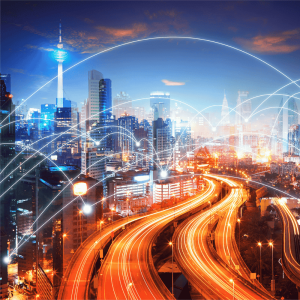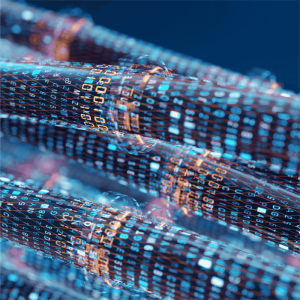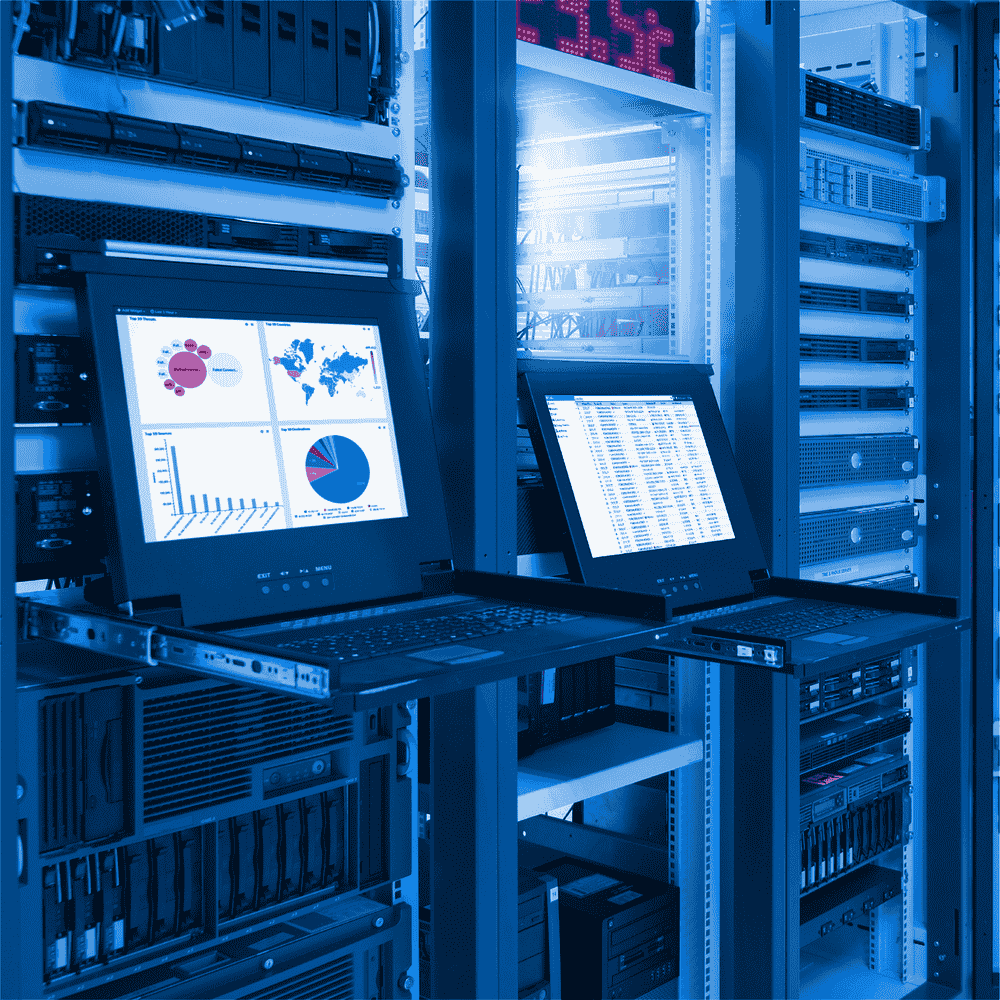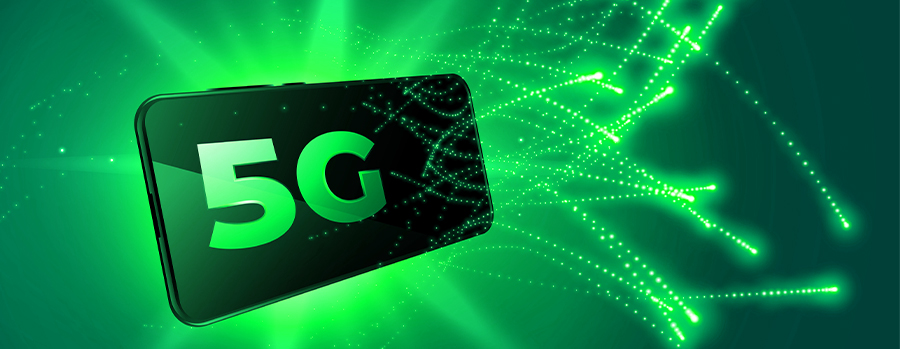Wireless 5G and Fiber Optics: The Critical Relationship Between the Future of Connectivity Technologies
The latest revolution in wireless connectivity, 5G, promises to increase internet speeds, reduce latency, and expand connectivity. However, while many people think of 5G as a wireless technology, one of the most critical infrastructures that enables the performance of these next-generation networks is fiber optic cables. So why is this relationship between wireless 5G and fiber optics so important?
What is 5G?
5G is the fifth generation of mobile communications technology, offering much faster data transfer and lower latency than previous generations (4G, 3G, etc.). This technology is critical not only for smartphones, but also for the Internet of Things (IoT) devices, smart cities, autonomous vehicles, and much more. 5G can reach speeds of gigabits per second, allowing thousands of devices to stay connected at the same time.
What is Fiber Optics?
Fiber optic cables consist of thin glass or plastic fibers that transmit digital data at the speed of light. Fiber optic cabling minimizes signal loss even over long distances while carrying large amounts of data. This technology is widely used in data centers, telecommunications networks, and broadband internet infrastructures.
The Relationship Between 5G and Fiber Optic Technology
Although wireless 5G networks attract attention with their impressive speeds and low latency, a strong wired infrastructure is needed behind these networks. Fiber optic cables form the backbone of this infrastructure. Here are the key factors that create the strong relationship between 5G and fiber optics:
- High-Speed Data Transmission: 5G networks require high-speed data transmission to meet the demand for large amounts of data. Fiber optic cables meet this need by connecting 5G base stations with high speed and low latency.
2. Low Latency: One of the biggest advantages of 5G is low latency. This is especially important for critical applications such as autonomous vehicles, smart factories, and healthcare. Fiber optic infrastructure is essential to provide these low latencies because it transfers data faster than copper cables.
3. Dense Device Connection: 5G makes it possible to connect thousands of devices to the network simultaneously. To support this dense connection, fiber optic infrastructure provides fast and reliable connection to base stations and data centers.
4. Long-Distance Connections: 5G base stations are spread over large geographic areas and these stations need to be connected to each other. Fiber optic cables connect these stations, providing high-speed data transfer even over long distances.
Why Is Fiber Optic Infrastructure Critical for 5G?
- Adapting to Future Data Demand: 5G will not only meet today’s needs, but will also respond to future data demands. Fiber optic infrastructure offers the flexibility and capacity needed to meet these increasing demands.
- High-Capacity Networks: Fiber optic cables provide high-capacity connections for large data centers and network backbones. This ensures the continuity of high-speed services offered by 5G and increases network performance.
- Reliability and Durability: Fiber optic cables are more reliable and durable because they are resistant to electromagnetic interference. This ensures the continuous operation of critical 5G networks.
Future Developments for 5G and Fiber Optic Infrastructure
5G and fiber optic technologies will pave the way for innovative applications not only today but also in the future. 5G will revolutionize areas such as virtual reality (VR), augmented reality (AR), remote surgery, smart city infrastructures and autonomous vehicles. However, for these technologies to be successful, a reliable and fast fiber optic infrastructure will be needed.
Conclusion
5G and fiber optic technology are two critical technologies that are so intertwined that they cannot be considered separately. The speed, low latency and connection capacity offered by 5G are made possible by a strong fiber optic infrastructure. Businesses and cities can accelerate digital transformation and create their future-oriented infrastructure by using these two technologies together.
If you would like to learn about the best fiber optic solutions and 5G compatible infrastructure solutions for your business, contact our expert team. Let’s build the network infrastructure of the future together.






